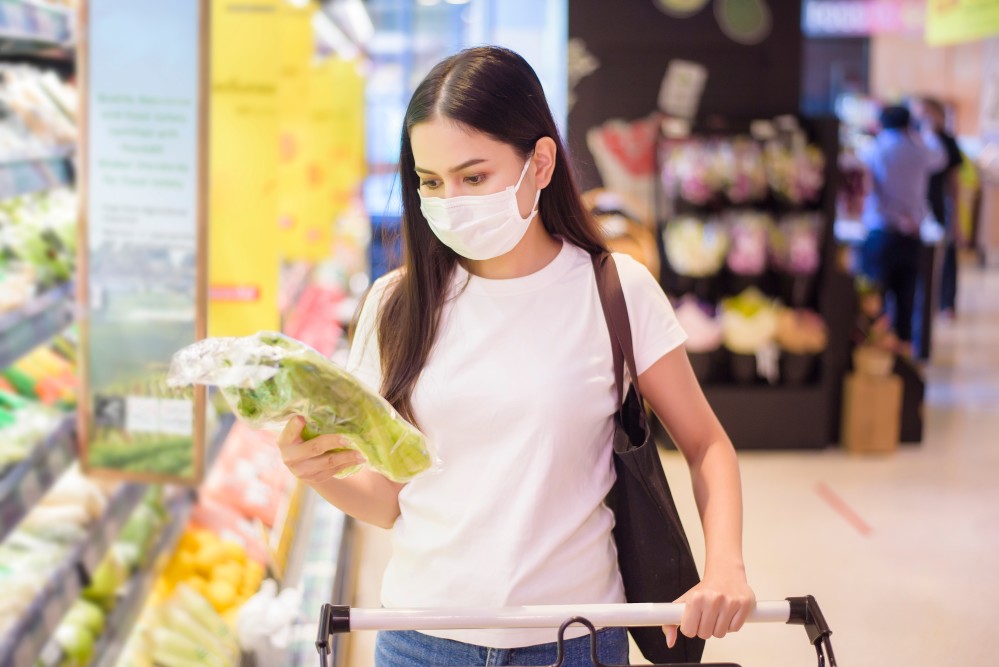When it comes to in-store shopping, new data indicates that consumer confidence is on the rise. Experts attribute the confidence in part to a number of innovative technologies that have transformed the shopping experience.
Indeed, while an April 2020 survey by Sensormatic Solutions found that 79% of consumers were concerned (20%), moderately concerned (30%) or very concerned (29%) about shopping in-store, only 34% of consumers are still concerned in a spring 2021 survey.
“Shopping means many things to many people: a casual in-and-out, a chance for discovery, or just part of a daily routine. However, during the pandemic, health and safety naturally became a top priority,” says Kim Melvin, global leader of marketing, Sensormatic Solutions by Johnson Controls, a leading retail solutions provider. “To aid in restoring consumer confidence as stores either stayed open or reopened, retailers have found creative ways to provide safer, more comfortable environments for shoppers.”
As part of its mission to help retailers solve complex challenges related to consumer confidence, health and safety, Sensormatic Solutions is providing unique insights into some of the top strategies, technologies and practices adopted over the past year in response to COVID-19:
• “Buy Online, Pickup in Store” and curbside pickup have been particularly valuable options amid the COVID-19 pandemic, and many physical retailers continue to offer these services to customers. The practice is convenient and frictionless, offering the same instant gratification as online shopping and is a prime example of how digital transformation is reshaping today’s retail industry. As more people rely on this type of shopping experience, technology offering up-to-the-minute inventory data has supported the change, helping stores successfully fulfill orders and meet customer’s expectations.
• A majority of survey respondents (53%) said social distancing monitoring would make them feel more comfortable shopping in-store. Real-time occupancy tracking technology has helped many businesses successfully manage retail traffic in an effort to achieve safe social distancing.
• Mask detection is another technology that retailers are using to keep employees and customers safe while adhering to local ordinances and mandates. With 47% of consumers preferring this type of monitoring, it’s also a technology with consumer support.
• Already gaining steam pre-pandemic, self-checkout and contactless payment have been widely instituted by businesses of all varieties, making payment faster and less stressful.
• New shopping arrangements, like freestanding stores and open-air shopping centers are gaining popularity — 54% of consumers surveyed shop most frequently for non-essential products at freestanding stores and strip centers, followed by open-air shopping centers (16%), online (14%), enclosed malls (9%) and outlets (7%).

To learn more about the evolving retail industry, as well as how an intelligent operating platform can put retailers in a position of strength to meet customer needs, visit sensormatic.com.
“The retail industry will continue to evolve but one thing is clear for retailers, adopting the latest technologies can provide consumers with more convenience, for an improved, safer shopping experience,” says Melvin. (StatePoint)
